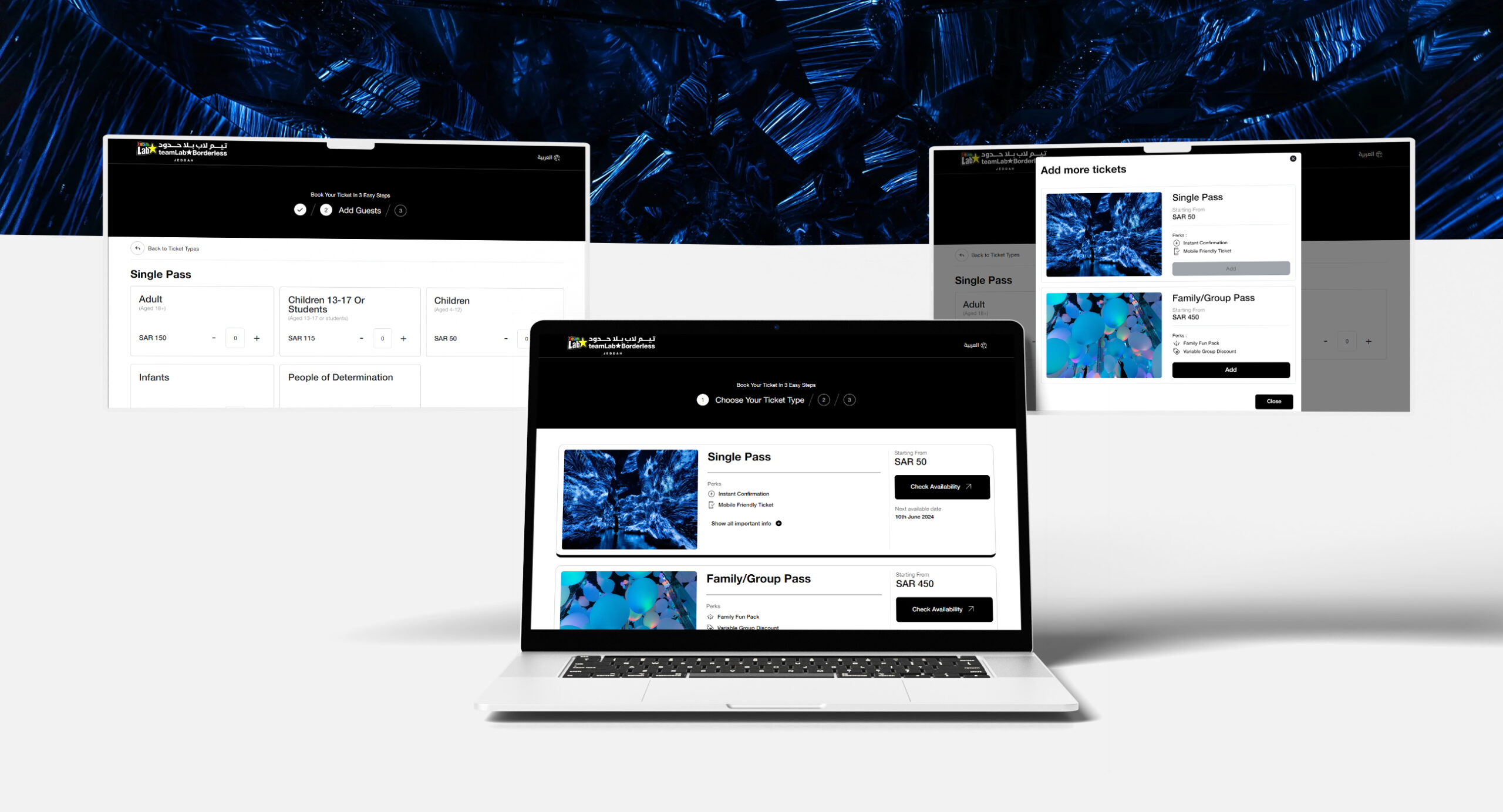The landscape of SEO continues to evolve with new layers of complexities and taking stock of the basics is as important as ever. Among the core aspects of on-page SEO is using heading tags SEO. They have an important role in increasing visibility and content readability for users. Before we proceed, we need to understand the SEO H1 tag’s best practices.

An overview of heading tags SEO
Heading tags, also referred to as H1 tags, are HTML elements that denote headings and sub-headings on a webpage. Heading tags SEO creates order and makes your content easier to read and navigate when used correctly
Were you figuring out what is the purpose of heading tags? is you should mark it ranging from H1 to H6. The reason is that it makes the content clear and readable for your audiences. Additionally, header tags facilitate search engines’ ability to prioritise the most important material and rank pages based on pertinent keywords.
Using SEO H1 tags best practices ensures that your pages are bound to rank higher.
The importance of header tags
For search engine users, publishers or even search engines the importance of header tags is paramount. The reasons are
- Enhances user experience- Once you organize your content with relevant header tags will enhance the possibility of users staying on the page and engaging on the website.
- Improves readability- header tags enhance the structure of your web pages. This makes it easier for the audience to understand your content and find the information you are looking for.
- Easier edits- with a well-structured header tag it improves the website experience for the users. It is known to improve the ranking potential for search engines and makes the process of editing a straightforward one.
- Stronger SEO- Headings (H1 tags) in search engine optimization helps to understand your content structure and determine its relevance to specific queries, making them crucial for improving rankings.
- Another link- click to scroll links or anchor links makes it easier for the users to find content on a page via a table of contents. H- tags are elements that users are directed to when they click to scroll making them an important step as part of the process
What is the purpose of Heading Tags 1 according to Google?
The viewpoint of Google for heading tags is the same as that of the users. The use of target keywords in your header tags is crucial. Header tags complete guide follows the module that there is a thin line to follow that you are not overoptimizing keywords stuffing in your header tags. Header tags have no role to play in increasing your ranks as it is all about the content quality.
So, the stance of Google in understanding what is the purpose of heading tags 1 is clear. Their goal is to greatly improve the clarity of the material on a webpage. The general belief is that you should overstuff your headers with content to rank. Rather you should be using your header tags in improving the understanding of the content quality.
The different heading tags SEO
- H1- The heading tag is designated for the title of your page a significant one. This should include your primary keyword and be descriptive and a guide for metadata optimization.
- H2– mainly they are the subheadings of your written content. They should provide a proper explanation of your H1 content.
- H3- they divide the content under H2 subheadings further.
- H4- they are necessary for additional restricting under H3 tags. They are less common than the previous tags and carry less SEO weight
- H5- Less common than H4, H5 they organize content under H4 tags
- H6– they are the least commonly used heading tags
SEO H1 best practices for header tags
By now you have a fair understanding of how important is H1 tag for SEO purposes. You should begin the process by establishing a clear hierarchy.
Limit H1 tags to a single per page
If we are writing content internally or advising our clients H1 tags should be reserved for the main title of the page. There is no rigid rule regarding the use of multiple H1 tags it is recommended that you use the H1 heading tag. You should use H2 and H3 tags to delegate the content under your H1
Keep it concise
The header tags need to be brief and to the point which should make it easier for the search engines and users to understand the user’s content. Long headers confuse users as well as they reduce the significance of keywords.
The content has to be a mixture of search engines and users
Ensure that the heading tags are creative, and informative and provide value to the users. It should not be merely keyword-stuffed. A suggestion would be to use friendly headers that can lead to higher engagement and superior rankings.
Use natural language
It is better to avoid over-optimization by resorting to the use of natural language and incorporating variations of keywords in header tags. Such an approach appeals to readers and search engines.
Avoid overusing heading tags
Too much use of header tags can dilute their importance, so it is better to use them only when necessary. It is better to structure your content and improve readability.
Test and optimise
You should test the performance of your website regularly. So an ideal strategy will be to adjust your header tags to improve your on-page SEO strategy. Monitor user engagement, rankings and other metrics to assess the effectiveness of your header tags.
Include relevant keywords
Strategically place the target keywords within header tags especially within H1 and H2 tags to emphasize their importance to search engines. You should not overstuff headers with keywords and ensure that it should flow naturally in each header.
To sum up by things by absorbing all this information you do have an idea of how important is H1 tag for SEO purposes. A major takeaway from this discussion is that the guidelines regarding the header tags are not rigid. Rather it requires a bit of future planning and practical judgement on how to implement them in your text.
Header tags like H1, H2 and H3 are not only essential for your readers but even for the search engines which interpret the purpose and audience of your content. Make sure that the web pages are structured and properly navigated. It is also essential that you stay updated with the latest SEO trends along with updates from Google. All these processes ensures that you are complying with the H1 best practices.
Related Post
Publications, Insights & News from GTECH








